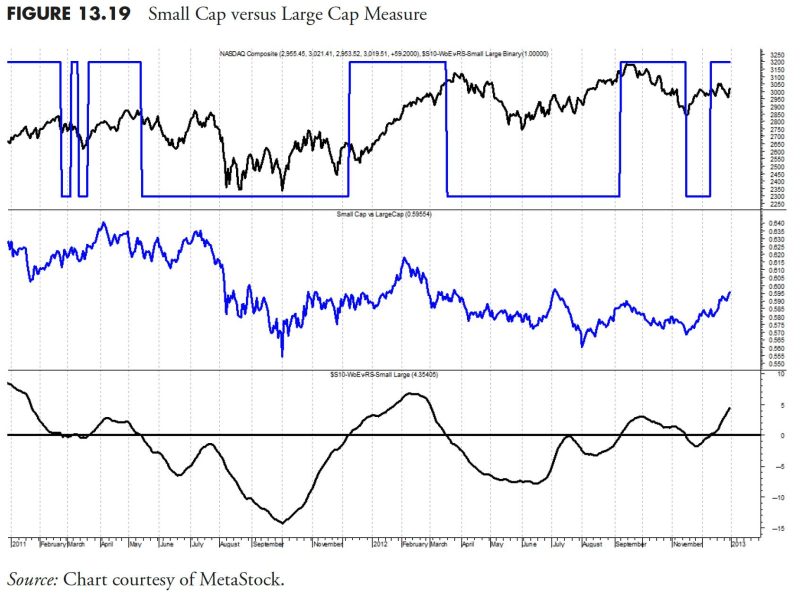In the third part of the Rules-Based Money Management series by Godzilla Newz, the focus is on Relative Strength and Other Measures. Let’s delve into the key insights presented in the article and explore how these concepts contribute to effective money management strategies.
Relative strength is a critical aspect of analyzing investments. By comparing the performance of a security to a benchmark index or another security, investors can gain valuable insights into its relative strength. This comparative analysis enables investors to identify assets that are outperforming or underperforming the market, guiding them in making informed investment decisions.
One key metric discussed in the article is the Relative Strength Index (RSI). RSI is a momentum oscillator that measures the speed and change of price movements. It provides signals of overbought or oversold conditions, helping investors assess whether a security is due for a price correction. By incorporating RSI into their analysis, investors can better time their trades and capitalize on potential market fluctuations.
Moreover, another important measure highlighted in the article is the Moving Average Convergence Divergence (MACD). MACD is a trend-following momentum indicator that helps investors identify changes in the strength, direction, momentum, and duration of a trend. By analyzing the convergence and divergence of moving averages, investors can spot potential buying or selling opportunities in the market.
In addition to RSI and MACD, the article emphasizes the significance of using other technical indicators, such as the Average True Range (ATR) and Bollinger Bands. ATR measures market volatility, enabling investors to gauge the potential risk and reward of a trade. On the other hand, Bollinger Bands help investors visualize price volatility and identify potential breakout points.
When implementing a rules-based money management approach, it is essential for investors to leverage a combination of technical indicators to enhance their decision-making process. By integrating relative strength analysis and other key measures into their investment strategies, investors can effectively manage risk, optimize returns, and navigate the dynamic financial markets with confidence.
In conclusion, Relative Strength and Other Measures play a crucial role in guiding investors towards making informed investment decisions. By utilizing technical indicators such as RSI, MACD, ATR, and Bollinger Bands, investors can analyze market trends, identify potential opportunities, and mitigate risks effectively. Integrating these measures into a rules-based money management strategy can empower investors to achieve their financial goals and build a robust investment portfolio.
